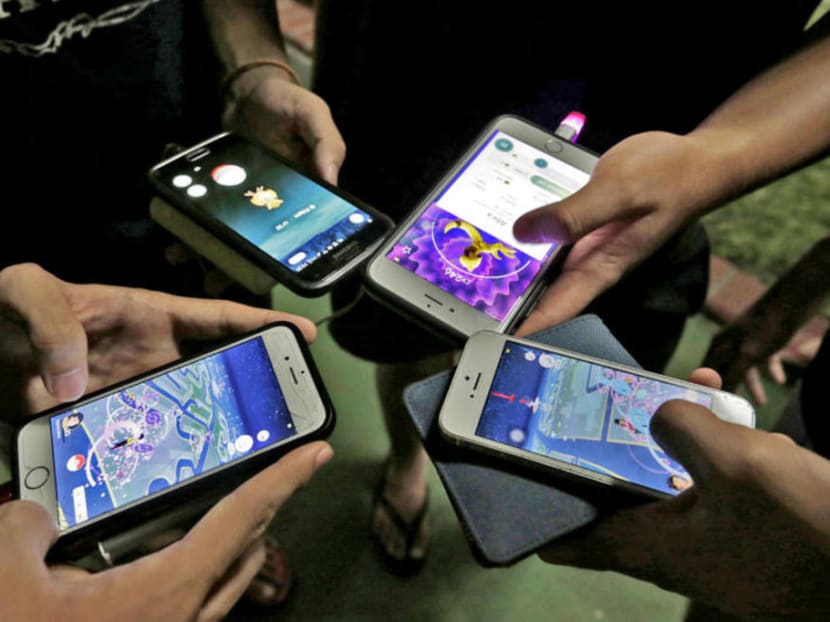Three-quarters of Singapore adolescents are not active enough: WHO study
SINGAPORE — The majority of Singapore adolescents do not get enough physical activity, with a widening gap between boys and girls from 2001 to 2016, according to the results of a new World Health Organisation (WHO) study released on Friday (Nov 22).

The study found that more than three-quarters of Singapore adolescents did not meet current WHO guidelines of at least one hour of physical activity a day.
SINGAPORE — The majority of Singapore adolescents do not get enough physical activity, with a widening gap between boys and girls from 2001 to 2016, according to the results of a new World Health Organisation (WHO) study released on Friday (Nov 22).
About 76 per cent of Singapore adolescents aged between 11 and 17 years old do not get at least one hour of moderate-to-vigorous activity every day, said the study, which examined the issue among adolescents globally.
Based on survey data encompassing 1.6 million people in 146 countries, the research looked at school-going adolescents around the world for the years 2001 to 2016.
It found that more than three-quarters of Singapore adolescents did not meet current WHO guidelines of at least one hour of physical activity a day.
However, the numbers for Singapore do show an improvement over the 15-year period, particularly among boys.
The prevalence of Singapore boys who did not get enough physical activity dropped to 69.7 per cent in 2016, down 8 percentage points from the 77.7 per cent in 2001.
This was in contrast to the findings for Singaporean girls, with 83.1 per cent not getting enough physical activity in 2016, only a slight improvement from the 84.9 per cent in 2001.
As a whole, 76.3 per cent of Singaporean adolescents got insufficient physical activity in 2016, an improvement compared to the 81.2 per cent in 2001.
IN OTHER COUNTRIES
Globally, more than four in five (81 per cent) adolescents did not get sufficient exercise in 2016.
The report also noted a "significant global difference" in activity based on gender.
Girls were more inactive than boys, with 84.7 per cent of girls getting insufficient exercise compared with 77.6 per cent of boys.
Philippines was the country with the highest prevalence of insufficient activity among boys (92.8 per cent) while South Korea had the highest prevalence of inactive girls (97.2 per cent) as well as for both genders combined (94.2 per cent).
Adolescents in Singapore also got more physical activity as compared to areas in East and Southeast Asia.
About 86.2 per cent of adolescents in Malaysia did not get enough physical activity, while Cambodia topped the regional chart, with 91.6 per cent of adolescents remaining inactive.
Singapore boys did well globally, being one of six countries in the report for which prevalence of insufficient activity decreased by more than 5 percentage points since 2001.
Global change in physical activity among girls was small, although girls in Singapore also showed the most improvement as compared to their global peers, with a 1.7 percentage point decrease in insufficient activity.
The report singled out a widening gap between genders over time, particularly in high-income countries including Singapore.
"Differences in prevalence of insufficient physical activity between boys and girls and widening gaps over time were particularly apparent in some high-income countries, such as Singapore, the USA, and Ireland, all showing an absolute difference in prevalence between boys and girls of more than 13 percentage points in 2016," it said.
Girls were less active than boys in all but four countries — Afghanistan, Samoa, Tonga and Zambia.
These results show that most adolescents around the world could be putting their current and future health at risk, said the report.
It highlighted the differences between boys and girls as of particular concern.
"Although there appear to have been small reductions in insufficient activity among boys, prevalence of insufficient physical activity in girls has remained unchanged since 2001, leading to widening sex differences," it said.
"Urgent action is needed now, particularly through targeted interventions to promote and retain girls’ participation in physical activity." CNA
For more stories like this, visit cna.asia.






